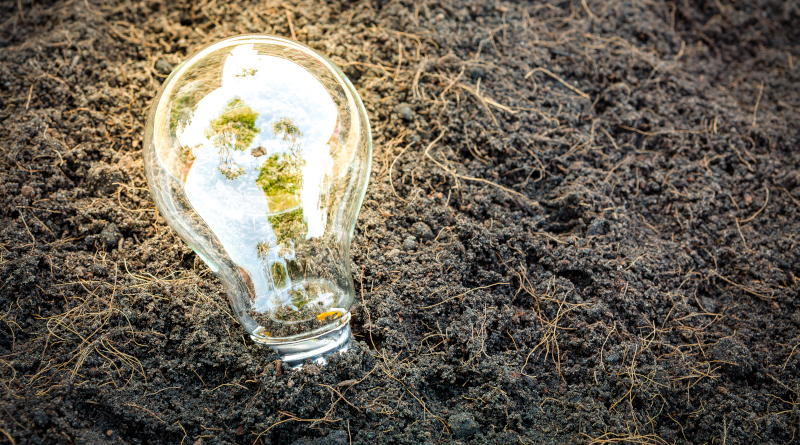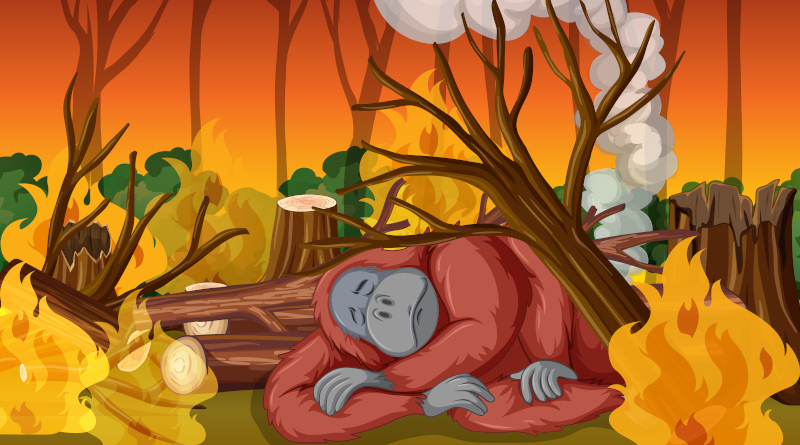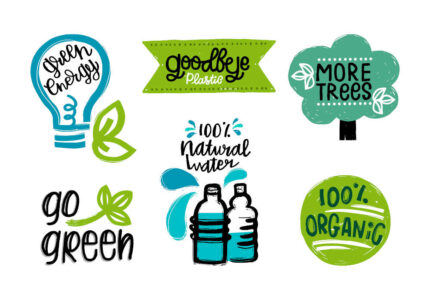Climate change is long term change in weather patterns (e.g., an increase or decrease in extreme weather events such as hurricanes, droughts or floods) over periods of time ranging from decades to millions of years.
Eg: rising sea levels, melting of glaciers, extreme weather, flooding, draught, storm etc.
Climate change encompasses global warming, but refers to the broader range of changes that are happening to our planet
Causes of Climate Change
Cause of climate change can be broadly categorised into Natural and Anthropogenic.
- Natural
- Energy output of the sun
- Varying in nature
- Only 40% of the solar energy intercepted at the top of the atmosphere passes through to the earth’s surface – rest is reflected or absorbed by atmosphere.
- Changes in the earth’s orbit
- Orbit is an ellipse – changes shape
- Distance from the sun changes according to the shape of the ellipse
- When the earth is closer to the sun, climate is warmer.
- Changes in the orientation of the earth’s axis of rotation
- Imaginary axis (connecting north and south poles)
- The angle changes with time
- When the angle increases, summers become warmer and the winters become colder.
- Carbon dioxide content in the ocean
- If CO2 released to atmosphere from oceans
- Plate tectonics and volcanic eruptions
- Plate tectonic processes cause continents to move to different positions on the globe
- The movement of plates causes volcanoes and mountains to form and these too can contribute to a change in climate.
- Large mountain chains can influence the circulation of air around the globe, and consequently influence the climate.
- Volcanoes affect the climate through the gases and dust particles thrown into the atmosphere during eruptions.
- Ocean currents
- Ocean currents carry heat around the earth. The direction of these currents can shift so that different areas become warmer or cooler.
- Vegetation coverage of the land
- Vegetation absorbs CO2 and this can buffer some of the effects of global warming.
- Meteorite impact
- Dust and aerosols being ejected high into the atmosphere that prevent sunlight from getting through.
- These materials insulate the earth from solar radiation and cause global temperatures to fall.
- After the dust and aerosols fall back to the earth, the global temperatures may increase.
- Energy output of the sun
- Anthropogenic
- Burning of fossil fuels
- Farming and livestock
- Livestock digestion, manure use, paddy rice farming, land use, wetland changes, landfill emissions etc all lead to higher methane atmospheric concentrations
- Use of fertilisers can lead to higher nitrous oxide concentrations.
- Land use may alter the the reflectivity of the earth’s surface by reducing vegetation ground cover
- Livestock responsible for 18% of world’s greenhouse gas emissions – deforestation and methane gas emissions
- Rapid rate of deforestation
- Deforestation accounts for one third of total anthropogenic CO2 emissions.
- Cement manufacture
- When calcium carbonate is heated, producing lime and CO2.
- CO2 is also produced by burning fossil fuels in the cement plants.
- Refrigeration systems
- Bush burning
- Destruction of marine ecosystems
- Population increase
- Urbanization





